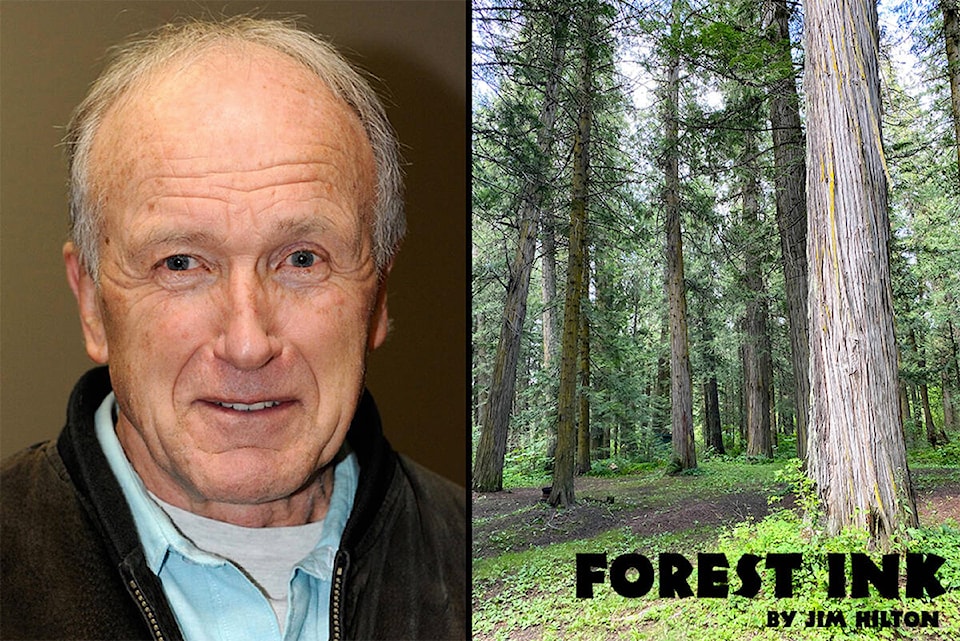My wife brought home a number of books from the library that can be purchased for a donation and the one that brought back some interesting memories was “To Save the Wild Earth” by Ric Careless published in 1997. Ric has received a number of awards for his work in wilderness preservation including the Order of British Columbia 1994. The last chapter is about his involvement in the establishment of protected areas in the Chilcotin mountains during the Harcourt-government era. The premiers approach to end the war in the woods was to establish the Commission on the Resources and the Environment (CORE) under the direction of Stephen Owen, the province’s former ombudsman.
I was with the Ministry of Forests at the time (inventory and planning section) and was interested in how the digital resource information that I had been working on for a decade was going to be used in the planning process. For a couple of years meetings were held throughout the Cariboo region facilitated by the CORE representatives who hired two lawyers and support staff to help run the meetings. Most of the attendants from all walks of life and interests were volunteers and responsible for getting to the meetings on there own resources.
I decided to attend as a member of a loosely-organized group interested in recreation (mostly related to water resources) and thoroughly enjoyed the dynamics of the various groups representing their resource concerns. Many people (a lot that attended the meetings) didn’t think much would come out of a process that required a consensus between representatives with such diverse opinions and I recall the frustrating day in 100 Mile House when it was decided that the public process would end without any tangible agreements.
Most residents in the Cariboo will remember the protests, truck convoys and demonstrations not that are much different than some that are taking place today for a variety of reasons. Through the urging of the government there were a few key people from industry and conservation groups who were willing to work through a mediator to see if some type of plan could be developed. Government representatives continued to supply maps and data sets to the negotiators along with a framework that would meet government regulations and policy. Through give and take on all sides a tentative plan was agreed to. Ric describes his involvement in the backroom negotiations which resulted in the Cariboo Chilcotin Land Use Plan (CCLUP) that served as a template for similar plans in other regions.
It would be interesting to hear from others involved with the CORE process as to how useful it was for reducing the war in the woods. After nearly three decades of being guided by the CCLUP it has probably been one of the most influential documents for managing natural resources in this province. I think many people involved in the public meetings would agree that the discussions were useful for the negotiators who came up with the final plan.
I for one really enjoyed my involvement in the process meeting people who were so passionate about their interests and seeing how people from both sides were able to come to an agreement which allowed us to manage a resource that is important to us all.
Jim Hilton is a retired forester who spent his career working in the Cariboo Chilcotin.
Read More: FOREST INK: The wisdom of history
Do you have a comment about this story? email:
editor@wltribune.com
Like us on Facebook and follow us on Twitter.
